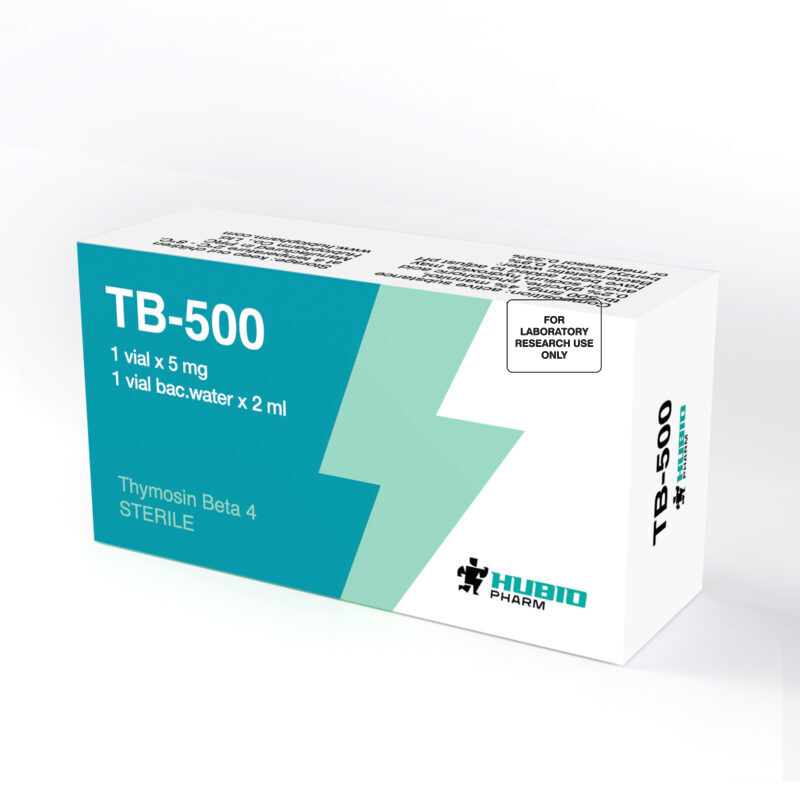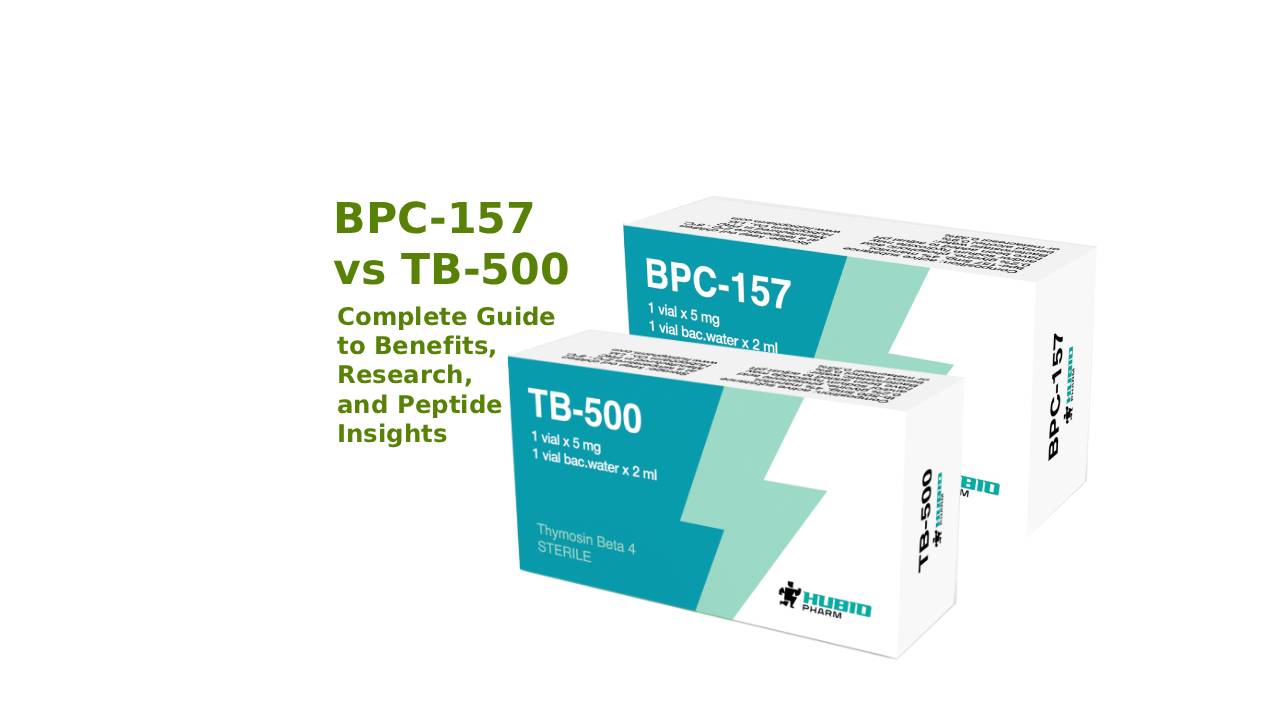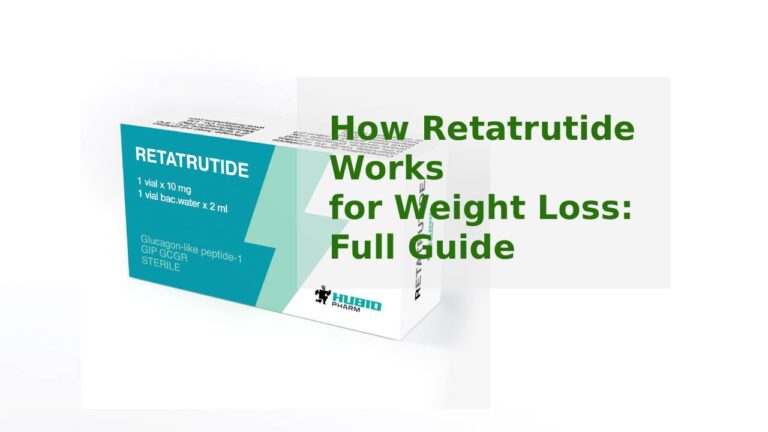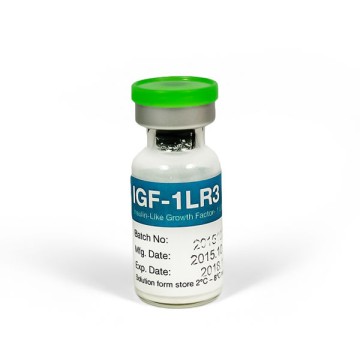Introduction
Peptides have become a cornerstone of modern regenerative medicine, wellness research, and experimental sports science. Among the most studied are BPC-157 and TB-500, peptides renowned for their potential roles in tissue repair, inflammation reduction, and recovery optimization. Athletes, bodybuilders, and research professionals alike frequently compare these compounds to determine which is better: TB-500 or BPC-157, particularly in terms of dosage, efficacy, and overall benefits.
While both peptides are primarily used in laboratory and preclinical settings, their growing popularity in research highlights their unique properties. In this article, we’ll explore BPC-157 TB-500 benefits, discuss mechanisms of action, review the latest studies, and provide a detailed comparison to help researchers, educators, and enthusiasts make informed decisions.
Explore BPC-157 products | Explore TB-500 products
What is BPC-157?
BPC-157, short for Body Protection Compound 157, is a synthetic peptide derived from a naturally occurring protein in the human stomach. This peptide has attracted attention for its regenerative properties, particularly in soft tissue, tendons, ligaments, and the gastrointestinal tract.

How BPC-157 Works
BPC-157 operates through several mechanisms:
- Angiogenesis stimulation – Promotes the formation of new blood vessels, improving blood flow to damaged tissues.
- Cytoprotective effects – Protects cells from damage induced by stress, inflammation, or oxidative processes.
- Modulation of growth factors – Influences VEGF (vascular endothelial growth factor) and other signaling proteins that support tissue repair.
These mechanisms make BPC-157 particularly interesting for research on tendon repair, ligament injuries, and gut health.
Research Findings
- Animal studies show accelerated tendon-to-bone healing.
- Gastrointestinal injuries in rats demonstrated improved mucosal repair.
- Preliminary models suggest neuroprotective effects, supporting potential brain tissue repair.
While human trials are extremely limited, BPC-157 remains a widely studied peptide for preclinical regenerative applications.
What is TB-500?
TB-500 is a synthetic version of Thymosin Beta-4, a naturally occurring peptide present in nearly all human tissues. Its primary function is to regulate actin dynamics, facilitating cell migration and tissue repair.

Mechanism of Action
TB-500 supports recovery and regeneration through:
- Cell migration enhancement – Accelerates movement of cells to injured areas.
- Inflammation modulation – Reduces inflammatory responses during tissue repair.
- Wound healing – Promotes tissue remodeling and recovery in damaged areas.
Because of these properties, TB-500 is often considered a systemic repair peptide, complementing localized peptides like BPC-157.
Research Insights
- Studies indicate accelerated muscle healing in animal models.
- Positive effects on tendon and ligament repair.
- Potential to support soft tissue regeneration and reduce recovery time.
BPC-157 vs TB-500: Which is Better?
Deciding which is better: TB-500 or BPC-157 depends on research goals and desired outcomes. Here’s a detailed comparison:
| Feature | BPC-157 | TB-500 |
|---|---|---|
| Primary Use | Local tissue repair | Systemic tissue repair |
| Target Areas | Tendons, ligaments, gut lining | Muscles, soft tissues, tendons |
| Angiogenesis | Strong | Moderate |
| Anti-Inflammatory | Moderate | High |
| Administration | Injection near injury | Subcutaneous injection, systemic |
| Research Status | Preclinical (animal studies) | Preclinical (animal studies) |
In research contexts:
- BPC-157 may be preferred for localized injuries and gastrointestinal studies.
- TB-500 may be better for overall recovery, muscle regeneration, and systemic tissue repair.
BPC-157 TB-500 Benefits
Both peptides share overlapping benefits, which are crucial for research purposes:
1. Tissue Repair
- BPC-157: Accelerates tendon and ligament healing; supports muscle fibers.
- TB-500: Enhances soft tissue repair and overall recovery.
2. Anti-Inflammatory Effects
- Both peptides reduce inflammation, creating an environment conducive to healing and regeneration.
3. Muscle and Joint Support
- Potential benefits for joint health, connective tissue integrity, and musculoskeletal recovery.
4. Cellular Repair
- Promote angiogenesis, collagen synthesis, and cellular migration, essential in research on wound healing and regenerative medicine.
BPC-157 TB-500 Dosage in Research
While human dosage is not established due to limited clinical trials, preclinical studies provide insight into dosing ranges and experimental design considerations:
- Research emphasizes gradual administration and controlled studies.
- Dosing is dependent on species, injury model, and research objectives.
- Experimental protocols often adjust dosing to assess tissue-specific effects.
Always consult ethical research guidelines when using peptides in experimental studies.
Safety and Legal Status
- BPC-157 and TB-500 are research chemicals.
- Not approved for human therapeutic use.
- Legal status varies by region; primarily intended for laboratory and preclinical research.
- Sourcing should be from reputable suppliers to ensure purity and authenticity.
Frequently Asked Questions (FAQ)
Q1: Can BPC-157 and TB-500 be used together?
A1: In research settings, combination studies are explored for potential synergistic tissue repair effects, but human safety is unconfirmed.
Q2: How to verify peptide authenticity?
A2: Only purchase from licensed suppliers. Check for batch numbers, lab testing, and original packaging.
Q3: Are there human clinical trials?
A3: Limited; most research is preclinical, using animal models.
Q4: What are the main benefits in preclinical studies?
A4: Accelerated recovery, anti-inflammatory effects, improved tendon, ligament, and soft tissue healing.
Research Recommendations
Researchers are advised to:
- Maintain controlled experimental environments.
- Use scientifically validated dosing models.
- Monitor tissue-specific outcomes.
- Document observations rigorously to contribute to the growing knowledge base.
Conclusion
BPC-157 and TB-500 are two of the most studied peptides in regenerative medicine research. While BPC-157 may excel in localized healing and gastrointestinal repair, TB-500 offers systemic recovery and soft tissue regeneration. Understanding BPC-157 TB-500 benefits, differences in mechanisms, and research applications is essential for experimental design.
For researchers looking to explore these peptides safely and reliably, sourcing authentic products is key:




